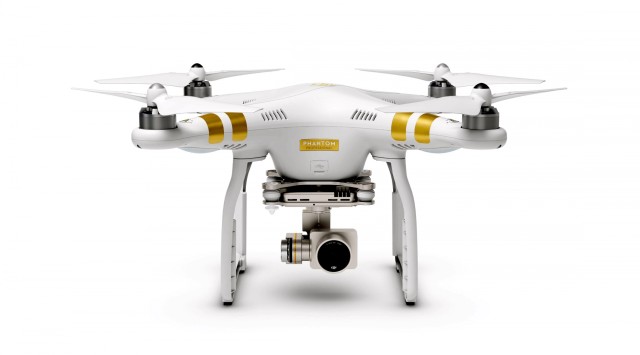Leading small drone manufacturer DJI will introduce a dynamic “geofencing” system for its aircraft that continuously updates the airspace conditions where they are flown. The system will provide drone operators with live information on areas subject to temporary flight restrictions and on locations such as prisons and power plants that are considered sensitive for security reasons.
With the Geospatial Environment Online (GEO) system, a DJI drone “will by default not fly into or take off in, locations that raise safety or security concerns,” said the Shenzhen, China-based company. DJI, which manufactures the Phantom series, Inspire 1 and other multi-rotor drones, announced the system on November 17 during the inaugural Drone World Expo in San Jose, California.
The boundaries the GEO system enforces will not be entirely rigid, however. In order to accommodate operations that aviation authorities have approved, the system will allow users who have “verified DJI accounts” to temporarily unlock or “self-authorize” flights in some locations. The disabling function will not be available in locations such as Washington, D.C., where drone flights are prohibited for national security reasons.
A DJI user account must be verified with a credit card, debit card or mobile phone number, but the service will be free and DJI said it will not collect or store the personal information. Nevertheless, a verified account will provide “a measure of accountability” if the flight is later investigated by authorities, the company said.
“DJI invented geofencing over two years ago and now continues its industry leadership by balancing enhanced safety with the flexibility of accountable self-authorization,” said Brendan Schulman, DJI vice president of policy and legal affairs. “Our years of actual user experience have shown that in most instances, strict geofencing is the wrong approach for this technology, and instead we are helping operators make informed, accountable decisions.”
Schulman led the development of the new system, the company said. He also serves on the Federal Aviation Administration’s Unmanned Aircraft Systems Registration Task Force, which is due to provide recommendations to the agency on a recreational drone registration process by November 20.
The GEO system draws from geospatial data provided by AirMap, of Santa Monica, Calif. It will become available in December via an update of the DJI Go application and drone firmware.
Source: Press Release

